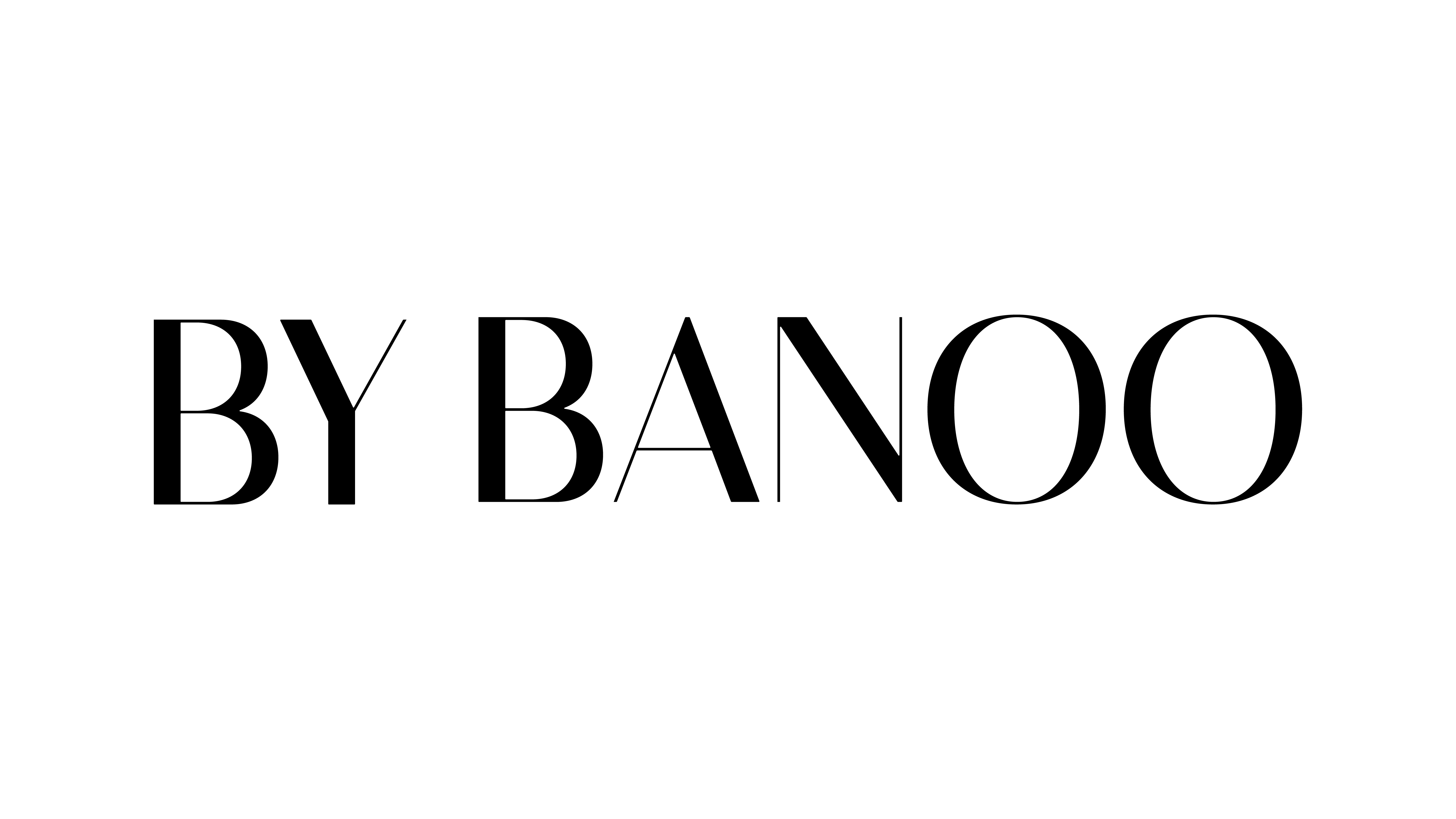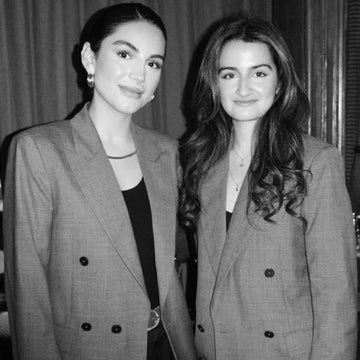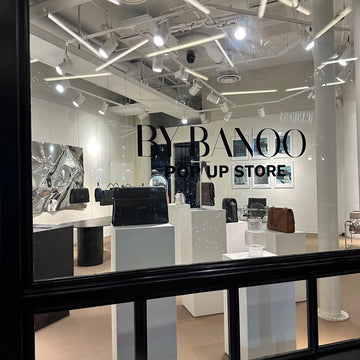A series of 5 articles. Part 1 of 5.
Dear ladies,
My name is Sofia Katarina, I’m a fashion designer who loves everything that sparkles and have a diploma in personal shopping / style advisor. I’m also an intern at BY BANOO since two weeks back with Persheng as my mentor.
During my third year of studying fashion design in Italy I wrote my thesis based on how fashion can change how you feel, act and how you’re perceived by others - and also how I as a designer can use the elements of design to bring out specific feelings with my designs. I love fashion psychology and styling, and it’s something I will share with you in this article series consisting of five articles. It’s me in the picture below!

Studies show that people get a first impression of you in just seconds, and fashion has a major role in that. To take this one step further - your body language also has a major role, and fashion has a major role on your body language.
When you wear something you feel comfortable in, you move differently - something you can relate to? No? Okay - let’s imagine this. You wear mostly jeans and a top on a daily basis, and one day you have an interview or something where you feel obligated to wear a full suit, maybe with a tight pencil skirt or something else that doesn’t feel or look right (I mean if you’re not used to it and not that kind of person, which is totally okay) it often feels weird. Maybe you’re not even feeling like yourself? Boom, now you get it.

If you’re as nerdy as me, this is super interesting (otherwise just skip to the next part, it’s fine). This phenomenon is called Enclothed cognition and is something the Cognitive psychologists Hajo Adam and Adam Galinksy from Northwestern University have completed several studies about.
In their studies, they realized people made a symbolic meaning to garments, which had an effect on the people when wearing them in completing some tasks. The participants were divided into three groups. One group made the test in their regular clothes, while the two remaining groups were given the exact same white coat - the only difference was that the first group was told it was a painter’s coat while the other were told it was a doctor’s coat. At first, they were told to do the test while looking at the coat, and the second time while wearing it. The group who was told it was a doctor’s coat, had a better result than the other groups on the test (and this had nothing to do with the person's intelligence) They realized that the group actually took on the feeling that they associated with a doctor - someone smart, reliable and has a lot of knowledge.

Their conclusion was that you have to associate a feeling to the garment and actually wear it for it to have an effect on you. Subconsciously we actually do this in society, we divide people in ”groups” and ”stereotypes”, meaning that we think people are a certain way depending on how they dress. For the thesis I created my own study, where participants got to describe the person they saw on the screen in a few words, without seeing the face since it was covered. After describing 6 people their faces were revealed, and the participants realized it was actually only 3 people - who they had described totally differently based on what they were wearing. The words they used were all synonyms to each other, which made me realize that fashion has a big role in how we create these stereotypes and groups - that we later also associate feelings and personality traits to.

What I feel is important to add here is that there is no right nor wrong way to dress. If you feel comfortable in what you're wearing, it will also affect your body language and people will perceive you as confident. This is something I will write more about in the next articles. Until then, this is the sign you've been looking for, YOU GOT THIS.
xx Sofia Katarina


















